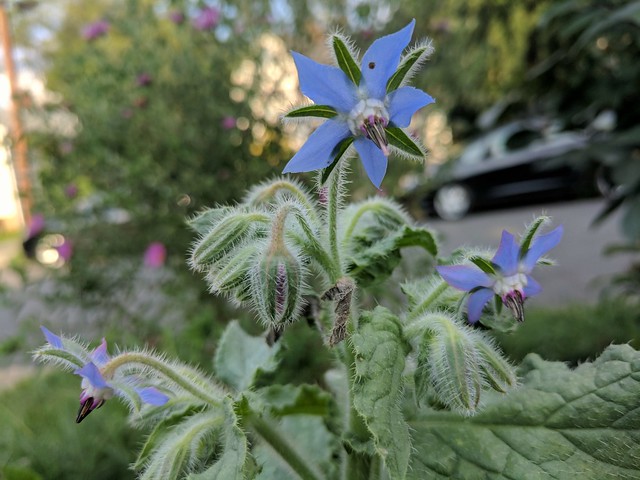
Recently I haven't had time to do much of the scientific analysis to figure out what "green living" practices are the most important. But I was recently asked by our marketing department to help design a simple guide to some of the most important things people can do, and here's the guide we came up with. The idea is to have a mix of some things that are high-impact but take some work (like flying less and eating more plant-based meals), and some easy ones that matter more than you'd expect (caulking gaps around your windows, finding and avoiding power-wasters at home).
Feedback and comments welcome! You can find the guide at http://green.sciencejon.com which is free but requires you to fill out a form to download it.
Just had a look at your guide with many good suggestions. I question the suggestion in #4 about installing remotely controlled outlets. In my experience the phantom loads created by those outlets can overwhelm the loads they are intended to control. I'm curious if you evaluated the loads created by the outlets themselves
ReplyDeleteGreat question. A manual power strip would be better, and we use those for the TV etc, but for internet model and router, and crawlspace dehumidifier, we found those too annoying to use. In those cases each device was using 30-40W all the time, and the control devices used a tiny fraction of a watt (don't have the data with me, but very low). Since we keep internet off for about 18-20 hours each day it's a clear win. But using a kill-a-watt meter to evaluate the tradeoffs is always best.
ReplyDelete